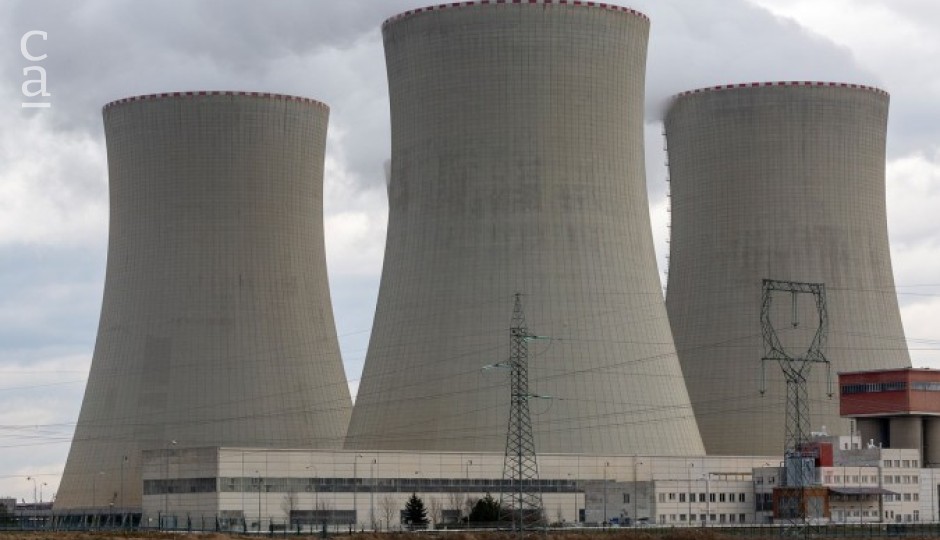Western Africa
Ghana Partners with USA and Japan to develop SMR Nuclear Power Plant
Ghana is collaborating with the USA and Japan in its efforts to be the first implementor of the SMR nuclear reactor technology in Africa.

A collaboration between the Ghana, the USA and Japan will help implement the development of small modular reactors (SMRs) in the West African nation. The deployment of the SMRs will enable Ghana to become an advanced nuclear technology hub.
On 27 October 2022, Bonnie Jenkins, USA Under-Secretary of State for Arms
Want to continue?
Subscribe to get access to premium content
By subscribing you get access to the Newsfeed, Tenders, Events

